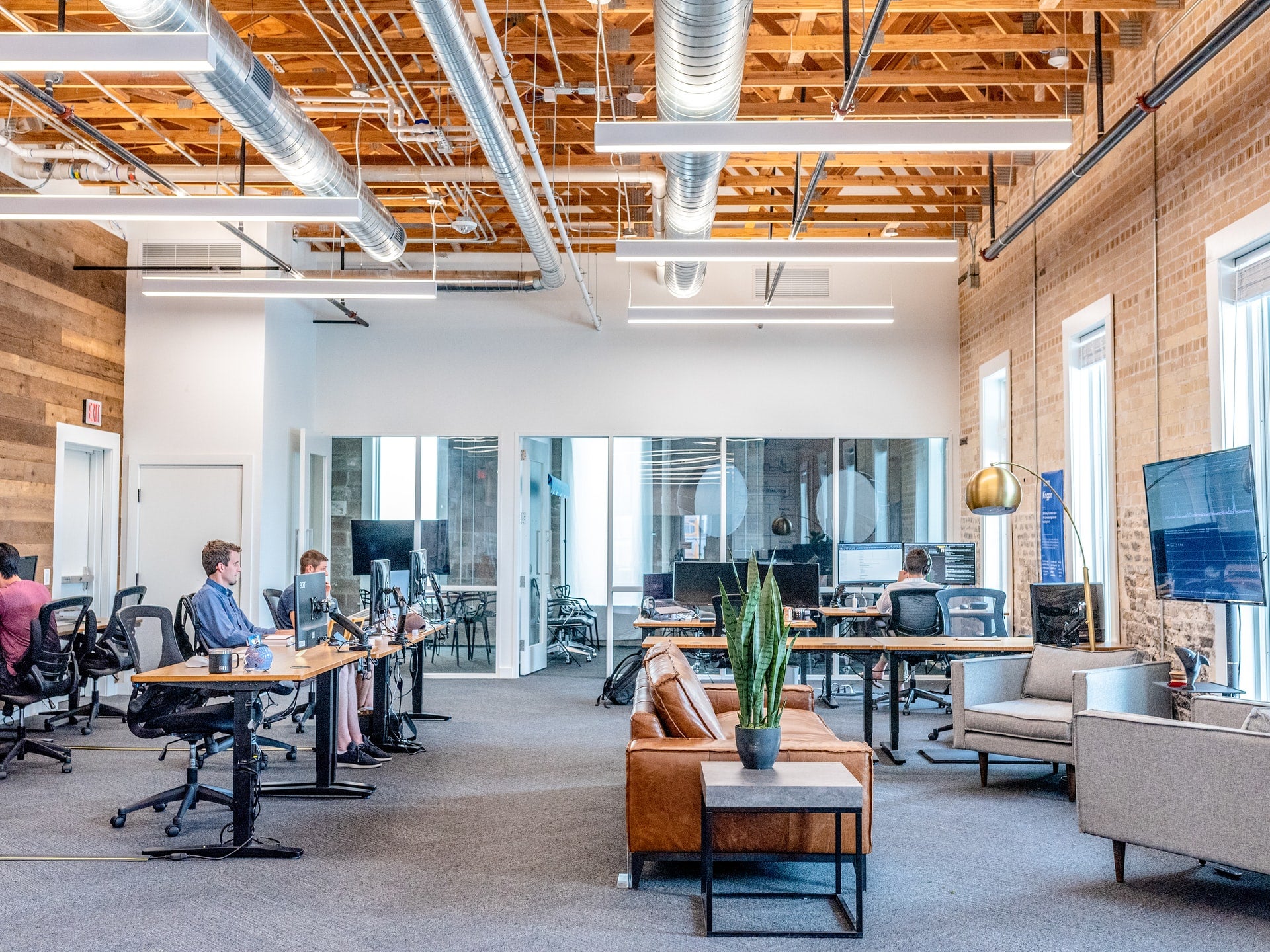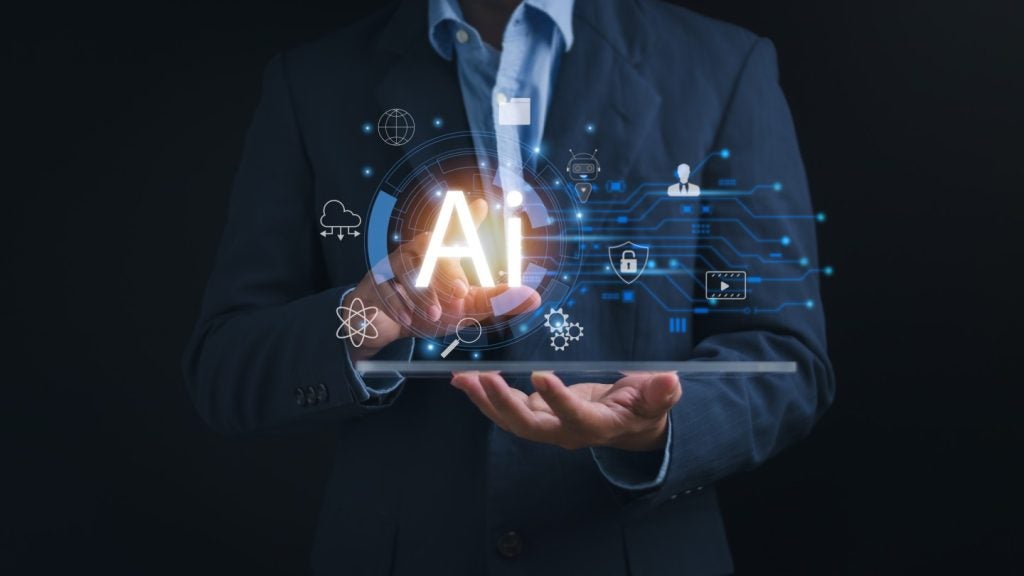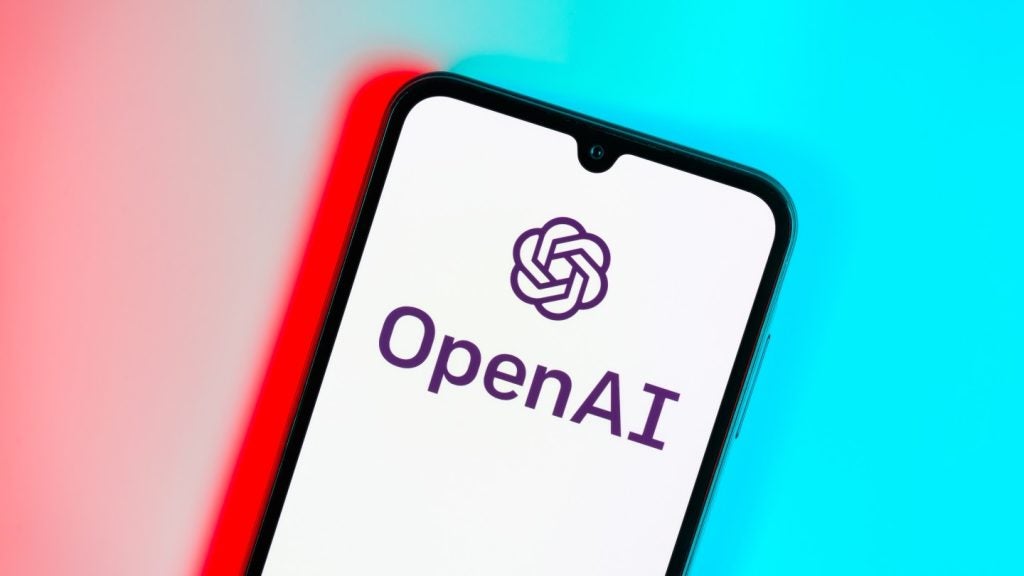
With numerous organisations rapidly adapting to the use of new technologies within and outside of the workplace, wearable devices could soon become a common sight in offices as a means of enforcing workplace social distancing.
Many are still working from home, but for those unable to carry out their jobs remotely, or those who have chosen to return to the workplace, ensuring they can do so safely is of paramount importance.
The UK government has advised businesses to carry out a Covid-19 risk assessment, develop hygiene procedures, maintain workplace social distancing and manage transmission risk. But applying this to a busy workplace where employees attend meetings, collaborate on projects or simply socialise within the workplace makes keeping two metres apart a challenge.
With this in mind, robotics company Tharsus has come up with a technology-based solution to “get businesses working again”.
What is Bump?
The company, which has already developed technology solutions for companies such as DHL, Ocado, Rolls Royce, Automata and Small Robot Co, has developed “Bump”, a Fitbit-style personal motion system designed to be a “simple, intuitive and friendly” way of improving workplace safety during the pandemic.
The device, which is worn around an employee’s neck, communicates with other Bump devices using low energy bluetooth and ultra-wideband radio frequencies to alert the wearer if they are too close to another person.
Not only does this offer real-time protection for employees, this data can be used to assess the effectiveness of social distancing policies and create “actionable insights” for how to improve.
Dave Swan, CTO of Tharsus, told Verdict that the device was created out of the company’s own experiences of enforcing workplace social distancing:
“We created it after, like every other company, we struggled to work out how to respond to the social distancing challenges with the Covid situation. I took a role of trying to help everyone understand it, the challenges. Can it become sort of second nature? I found it was possible with a high degree of energy to force people to think about it and realise what two metres meant, but it’s human nature. We’re social animals so we like to be close to each other and talk to each other, look over screens at each other.
“We’re a user [of Bump] so it’s interesting watching it in operation after developing it and creating it.”
Understanding interactions
With social distancing measures expected to be in place in the UK for the foreseeable future, places of work are having to adapt to this new normal. Tharsus sees Bump as playing a role in this, ensuring safety and peace-of-mind for employers, and enabling employers to carry out their duty of care.
Swan explains that not only does Bump address the immediate challenge of enforcing workplace social distancing, it also provides valuable data on how employees are interacting, which could be vital in the event of an outbreak of Covid-19 within an organisation:
“We see it as quite long term, because with social distancing, we don’t see that challenge going away for a long period of time for this particular pandemic. We see that even with the best intentions, human nature is you come close together.
“For all the best intentions, it is so easy to get too close. So what we see in parallel with helping people at that point to manage that social distancing, there’s also a growing need to understand who interacted with who inside your facility, or for you as an individual, who did I interact with?…When you start building a list of who you were close to in the event of a Covid situation inside an organisation, it’s very difficult currently to try and work out who may or may not have come into contact with someone. Whereas if everyone’s wearing Bump it’s very simple to see where your risks lie and you can have a data-driven response.
“For people who are relatively aware of social distancing and trying their hardest to keep apart, when you give them the device it shows that actually two metres is a long way, and even one metre is a long way.”
“We don’t like the idea of Big Brother”
In May, Tharsus produced 2,500 devices to be tested by a range of trial partners from a variety of different sectors, with Bump available for commercial use since last month. The company is also working with Virscient, a New Zealand-based specialist in wireless connectivity and IoT, in the development of Bump.
However, with the rollout of contact tracing apps, data privacy and surveillance are key concerns. Swan explains that the company was careful when developing and trialling the device to avoid straying into surveillance territory:
“[The feedback from the trial has been] really positive which is really encouraging because when we first created the concept of Bump we were desperate that this wasn’t going to be seen as Big Brother. We were desperate to make sure this was very much focused on the user and providing them feedback and helping them understand their environment and go home at night and be able to reassure their partner and their family that they’re in an organisation and a space where everything is being done. Here’s the evidence that I’m keeping apart from everyone else. So it was all very people-centric.”
PWC recently faced criticism for the development of a facial recognition tool that tracks when employees leave their computers while working from home. Swan explains that Bump is based around the concept of “data democracy”.
“The democracy of the data was at the core at the beginning. We’re a very transparent organisation…we don’t like the idea of Big Brother or overarching control. We trust people and we want to empower people and give them the information they need to do their job properly and act responsibly.”
Workplace social distancing: Data security
Another key consideration is data security. According to Tharsus, the data produced by Bump is fully encrypted, only available to the wearer and their employer, and is GDPR compliant. Data is also only captured when two employees come within two metres of each other, addressing concerns that workers could be monitored all the time they are at work.
Swan explains that data privacy was central to Bump’s development:
“We’ve put a lot of effort in to make sure we use the best in class levels of encryption and controls on our data. We’re very mindful about the types of data that we have…we treat it all as controlled data and we make sure it’s anonymised where it can be anonymised.”
Understanding the modern workplace
Many are in agreement that the Covid-19 pandemic will have a lasting impact on how we work, with the sudden switch to remote working prompting employers to re-think how workplaces operate. Swan believes that the data generated by Bump could play a role in this:
“We’ve seen some really interesting case studies start to come out not only around the current crisis but it’s really difficult in the modern working environment to understand the spheres of control and the spheres of influence. How does work actually get done? Who interacts with who? We all leave a digital footprint, but in the physical world it’s very difficult to be able to understand those water-cooler moments.
“If you’re reducing the number of people in [a workplace] you’ve got to make sure that when they’re in, you’re getting value from the fact that they’re taking that risk of coming in so how do you organise it? How do you show that it’s worth it? How do you make sure that people that need to meet can meet and facilitate that in the best way.”
Outside of the workplace, Swan explains that, although such devices are not intended to be alternatives to contact tracing apps, they could help add an additional layer of protection:
“I think the wider world is a challenge…everyone has to wear [Bump] otherwise you end up with holes in the data. It’s certainly useful for places that are controlled environments outside of the workplace. You could imagine it in a retail environment as part of the entry process into a building you get allocated your Bump as part of that process.
“It’s not only a record of you having gone to the cinema for example, you will know if you were there on a day where something happened, but also if you came into contact with the person or a group of people. It is useful for that because it adds a level of granularity which no app is able to do, no Bluetooth app is able to get the distance resolution with that degree of confidence.”
Read More: Rainbird develops AI tool to assess frontline workers’ Covid-19 risk.







